Make sure you get over to 10000 Birds to read my latest West Coast Beat Writer post on Surfbirds of Humboldt Bay’s North Jetty!
The Keystone Pipeline has more to do with birds than you may think. Please go over to 10000 Birds to read my latest West Coast Beat Writer post on this very important issue. If you don’t have time to do that, please take a few moments to click on at least one of the links below to send your opinion opposing this destructive pipeline and the production of tar sands oil to our elected leaders. It is the least we can do to save our environment from the worst environmental practice in the western hemisphere.
This is a list of links that you can follow to contact your government officials to voice your opposition to the Keystone XL Pipeline. Please send at least one letter or make at least one phone call to let your representatives know that you won’t stand for this insanity.
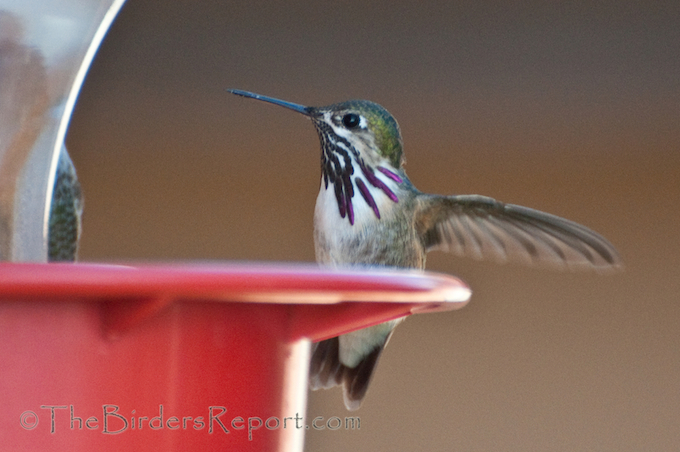
Calliope Hummingbird (Selasphorus calliope) Male at Feeder by Larry Jordan
The Calliope Hummingbird (Selasphorus calliope) is the smallest North American breeding bird1. This male just arrived at my home over the weekend. They arrive on breeding grounds before the females and, according to their range map, they probably breed here in Shasta County. Click on photos for full sized images.
I haven’t seen a female yet this year but here is a photo of one I took back in April of 2010.
The adult male is the only North American hummingbird whose iridescent gorget is divided into separate magenta-red rays…
which can be elevated in elegant star-burst display against the white background of the throat.
I took a few shots of the male Calliope Hummer perched next to a male Anna’s Hummingbird (Calypte anna) seen in the background here for comparison.
and here…
that male Anna’s Hummingbird is looking a bit suspicious.
He’s moving closer.
This will give you an idea of the size difference between these two birds.
Doing some research for this post, I discovered that Calliope Hummingbirds typically build their nests in lodgepole, ponderosa, and Jeffrey pines, silver fir, Douglas-fir, Engelmann spruce, western hemlock, western red-cedar, apple, and alder; characteristically under an overhanging branch1. You can see a photo of one of their nests here. Since I have Ponderosa Pine on my property I decided I will see if I can spot one of these little nests.
In the meantime, I have some more photos of the male Calliope Hummingbird after the sun hit the feeders.
By the way, your hummingbird feeders should be filled with one part plain white sugar…
to four parts boiling water, then cooled before putting out for the birds.
In warm weather they should be cleaned every couple of days. More about cleaning hummingbird feeders.
If you want to see the best photograph of a male Calliope Hummingbird displaying that I have ever seen, check out this photo by Wally Rufous! It will blow you away! And if you want to see more great bird photos, check out The Bird D’pot and Wild Bird Wednesday!
References: 1Birds of North America Online
Do you know about the League of Conservation Voters (LCV)? This is a national non-profit organization that works to turn environmental values into national priorities. To secure the environmental future of our planet, LCV advocates for sound environmental policies, elects pro-environment candidates who will adopt and implement such policies, and provides state LCVs with the resources and tools to accomplish and sustain their mission1.
I am a conservationist! My main concern is the environmental health of our planet now, and in the future. LCV works to educate the public, lobby Congress and the administration, build coalitions, promote grassroots power, and train the next generation of environmental leaders as part of their grassroots efforts. LCV runs tough and effective campaigns to defeat anti-environment candidates, and support those leaders who stand up for a clean, healthy future for America1.
LCV offers a National Environmental Scorecard which provides factual information about the most important environmental legislation considered and the corresponding voting records of all members of Congress. The Scorecard represents the consensus of experts from about 20 respected environmental and conservation organizations who select the key votes on which members of Congress should be scored. LCV scores votes on the most important issues of the year, including energy, global warming, public health, public lands and wildlife conservation, and spending for environmental programs. The Scorecard is the nationally accepted yardstick used to rate members of Congress on environmental, public health, and energy issues.
Because of the recent tar sands oil spill in Arkansas, the LCV has launched another campaign to stop the Keystone XL Pipeline.
Please do the right hing and help stop this horrific environmental disaster from happening again, in yet another location in the heartland of America. Go, right now, to the LCV’s action page and send a message to Secretary of State, John Kerry, to stop this madness while we still have time.
To make the situation even worse, Exxon Oil doesn’t even have to pay into the Oil Spill Liability Trust Fund, which gives the government a pot of money for immediate spill responses. The Exxon pipeline in Arkansas is exempt because this pipeline is not considered to be carrying “conventional oil”, despite the fact bitumen spills are more expensive and more dangerous. Does this make any sense at all? No!
An what is happening to wildlife in the area? this is a photo of an oiled duck from the Arkansas spill.
References: 1League of Conservation Voters
Links to more information on this disaster:


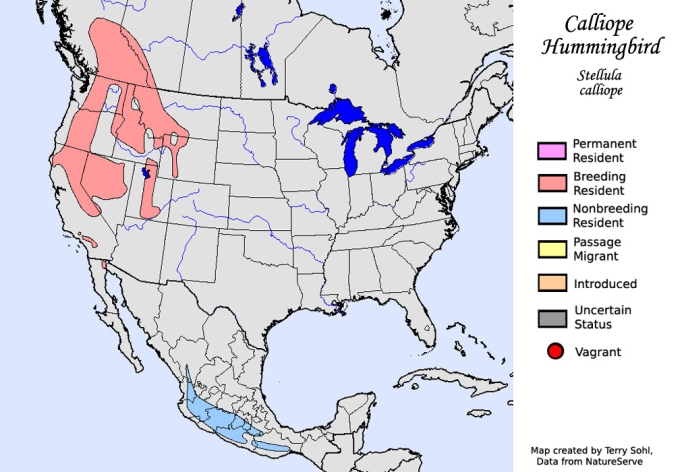
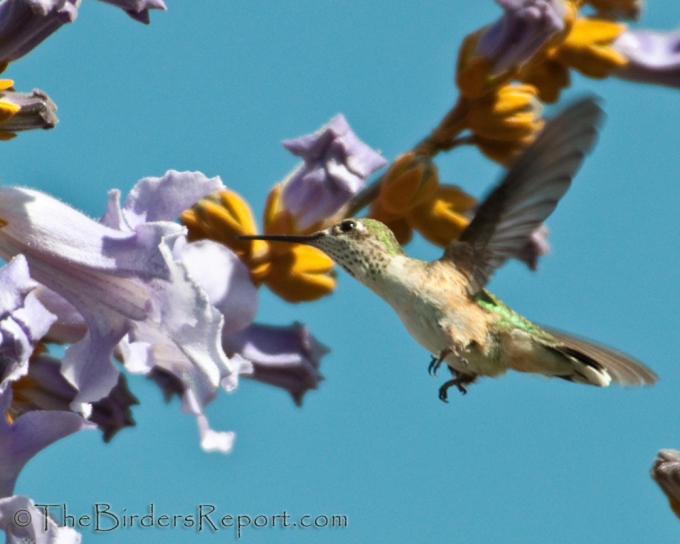
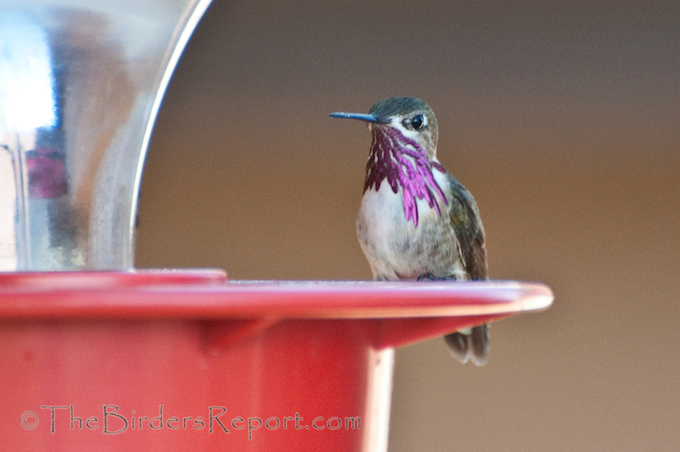
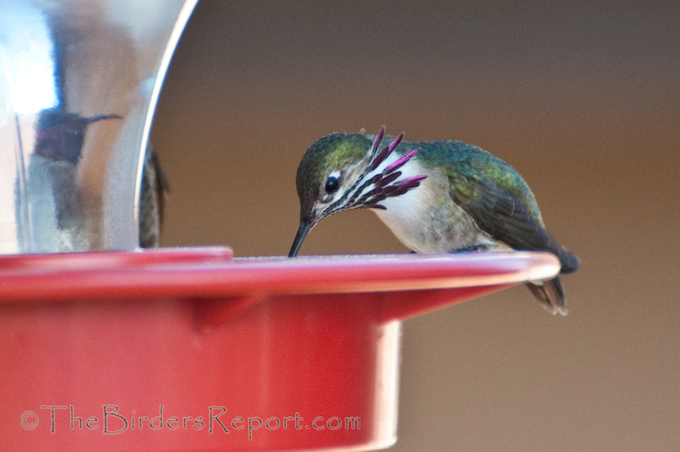
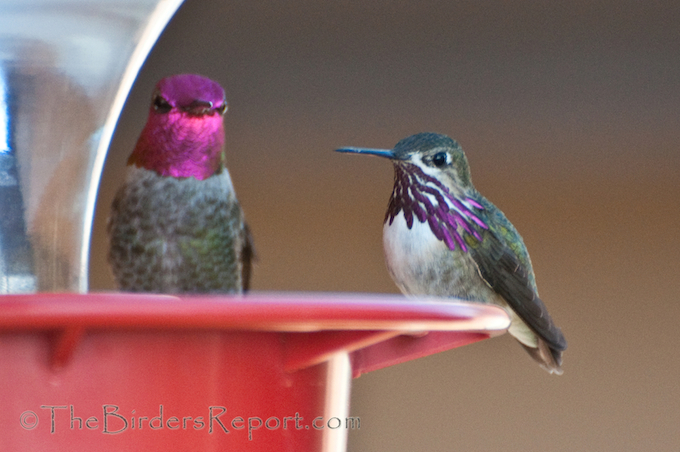
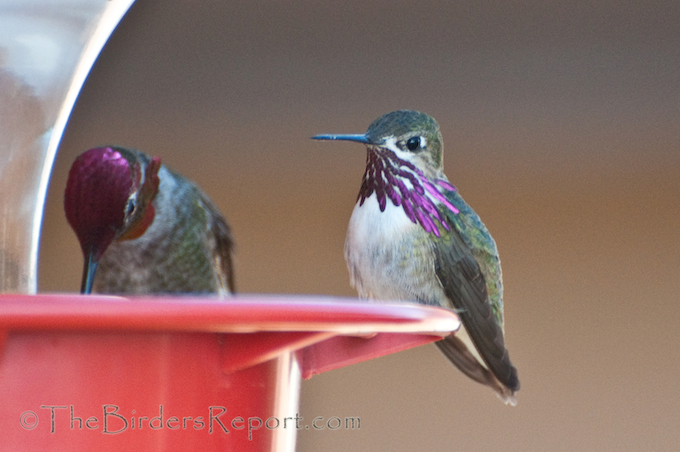
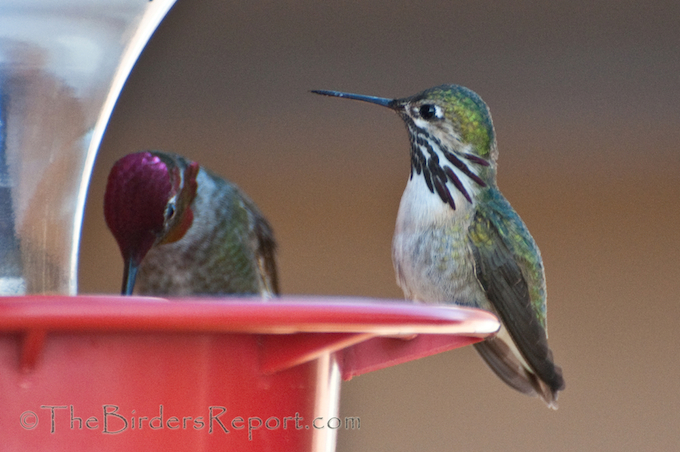
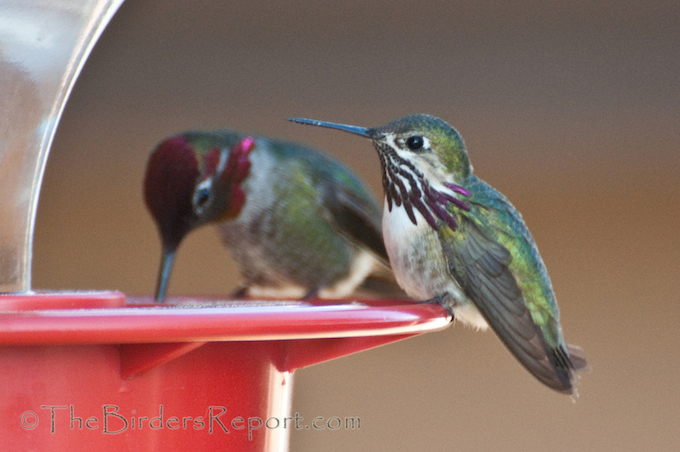
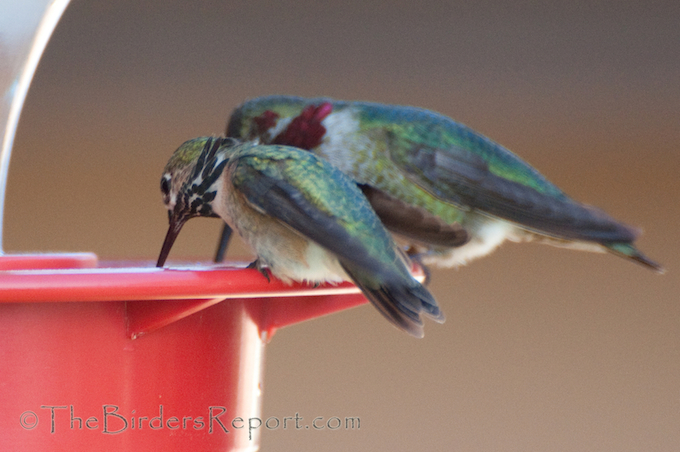
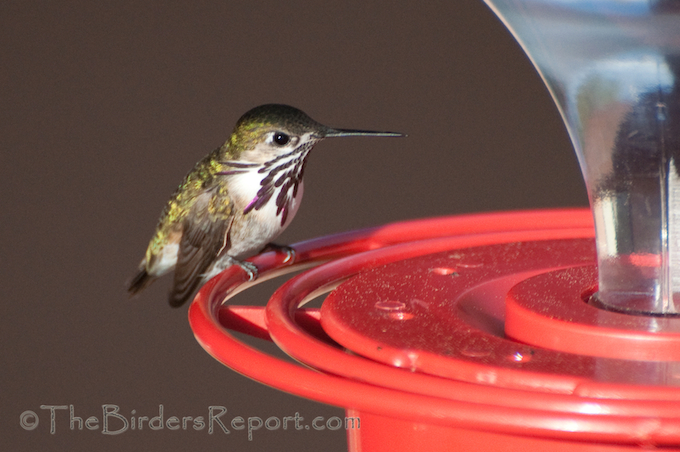
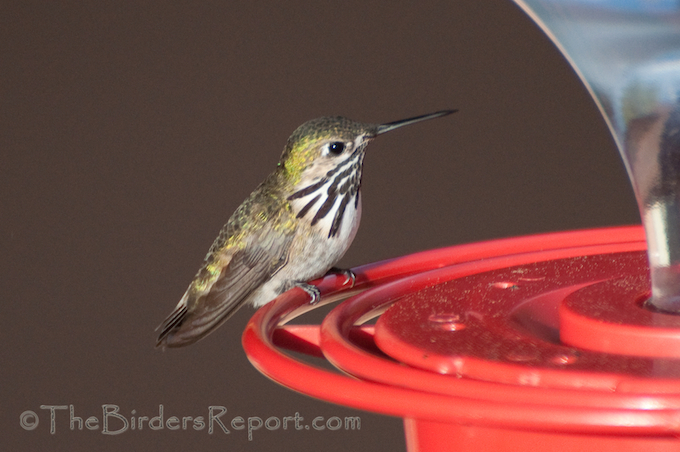
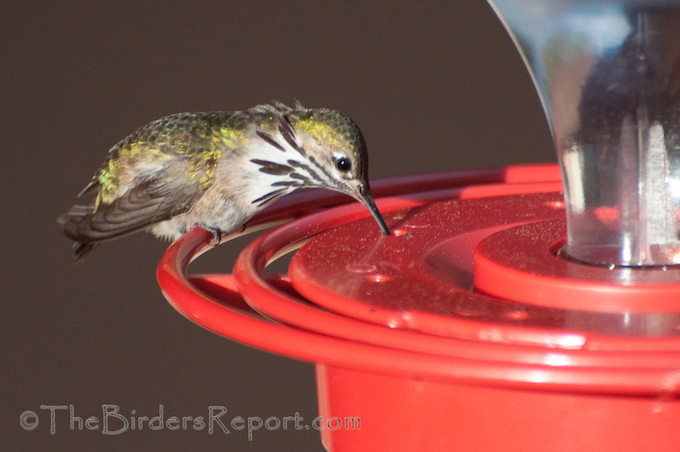
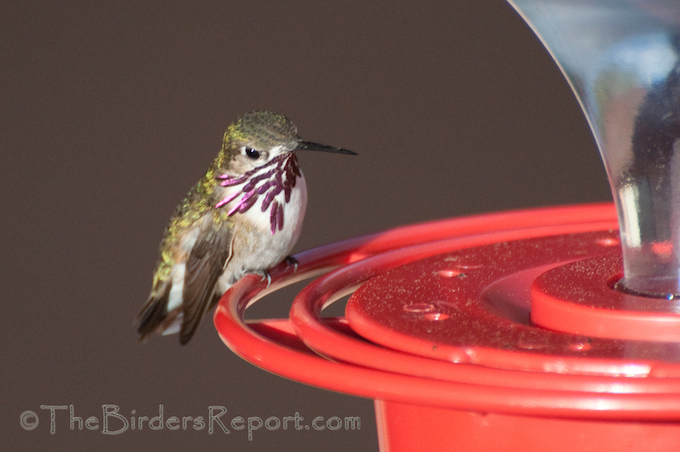

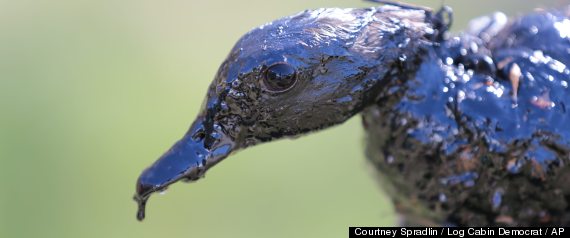



Social Media Connect